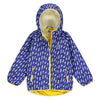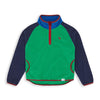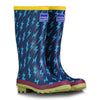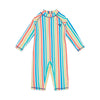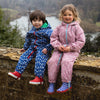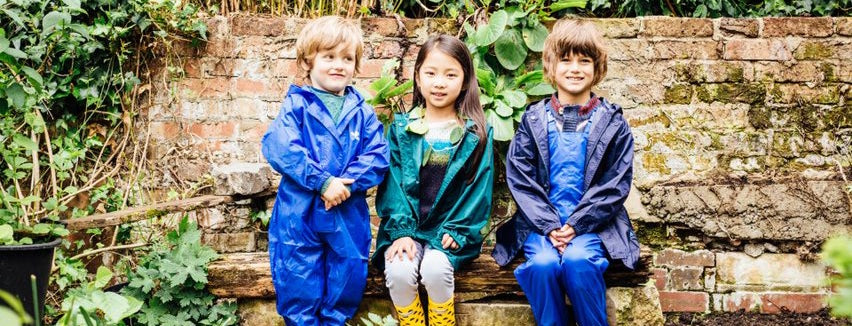
KS2 – Literacy – Sensing Poetry
Download Our Key Stage 2 – Literacy – Sensing Poetry Worksheet Here
Learning Objectives
Literacy:
Participate in discussions, presentations, performances, role play/improvisations and debates recognising simple recurring literary language in stories and poetry discussing and clarifying the meanings of words,
Resources
- Paper, pens, chalk
- Camera
- 5 Trays
- Mud, herbs, leaves, a small amount of freshly cut grasses, dead and damp leaves, pine cones, bark or sticks, stones, nettle tea, berries, apple slices
- 2/3 magnifying glasses.
Introduction
As a class, discuss what a kenning is. The word kenning is derived from the Old Norse phrase kenna eitt við, which means “to express a thing in terms of another” and is the process of using a two-word phrase in the place of a one-word noun.The famous Anglo-Saxon poem Beowulf uses many kennings, for example:
Body – bone-house
Sword – battle-light
Ship – wave-floater
Explain to the class what a metaphor is and that kennings are sometimes metaphorical using the above examples, and discuss how kennings are often used in poetry for effect. Together, think of some examples for teacher, school, garden, woods.
Activity
Gather the class together in front of a concrete wall or in the playground.
Then separate the class in to five groups. Set up stations around the school grounds to represent the five senses. The ‘touch’ station should have a tray with wet mud, some bark, soft grass, pine cones and perhaps some concrete as a contrast. The ‘smell’ station should have some scented herbs like rosemary or lavender, some rotting leaves or organic matter, some cut grass. The ‘taste’ area could have some cooled nettle tea, soft berries, and crunchy apples, and the ‘sight’ area could include some magnifying glasses on a patch of grass, with some leaves and some flowers, or in a pleasant area of the school grounds.
Ask each group to visit each station, and to create a kennings poem about one component at each station, without naming it. Once each group has visited each station, ask each group to perform their poem, and ask the other groups if they can guess the item the poem describes.



